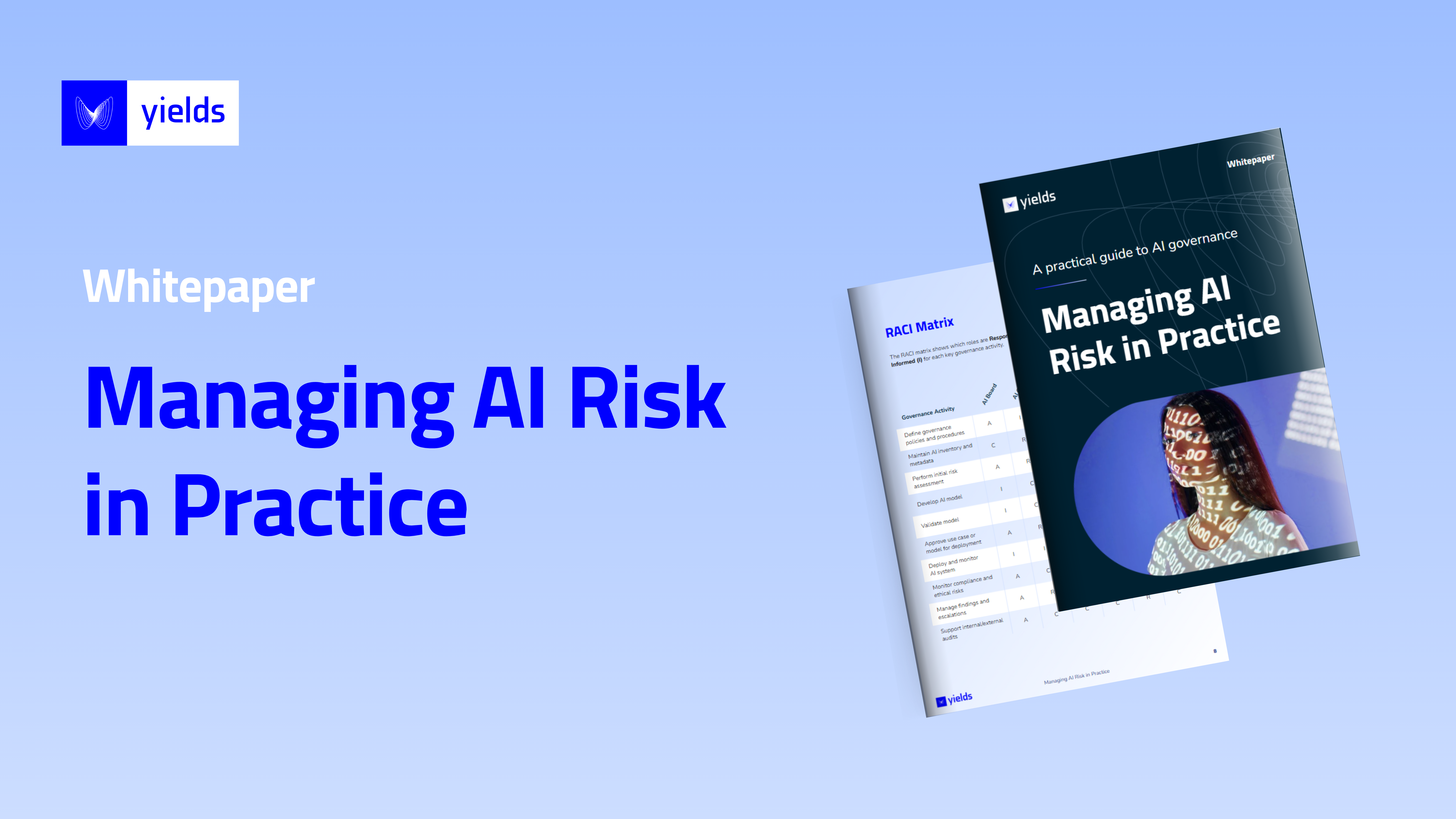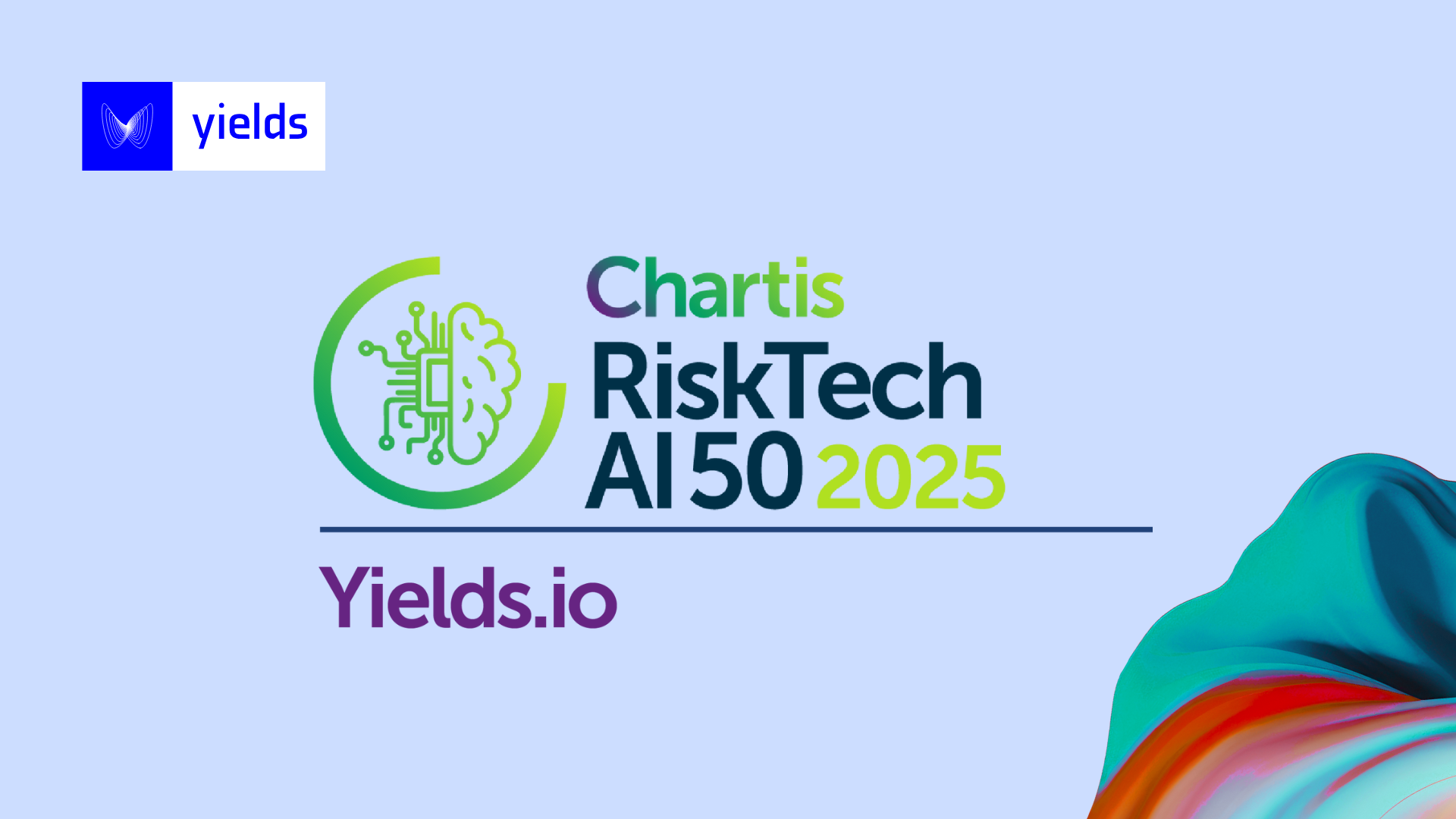Technology and model risk management
Model risk management has grown significantly in importance for banks due to the heightened reliance on complex models for risk assessment and decision-making. Regulatory bodies now demand greater transparency and accountability in model usage, necessitating robust model risk management practices. The proliferation of advanced technologies, such as artificial intelligence and machine learning, has introduced new complexities and potential biases into models, amplifying the need for vigilant oversight. Furthermore, in an interconnected global financial landscape, the repercussions of model failures can have far-reaching systemic effects, underscoring the critical role of model risk management in safeguarding the stability of the banking sector.
To remain compliant with evolving regulatory standards, such as SS1/23 and SR11-7, while maintaining lean and efficient processes, financial institutions are exploring specialized technology solutions. Yields.io’s MRM solution, for example, empowers banks to stay in control of their models and automate their model testing, validation, and documentation activities through enhanced standardization.
Learn more about our solutions by reading the following articles.
Automated model validation: Challenges and considerations
How can model risk analytics help financial institutions make better decisions?




